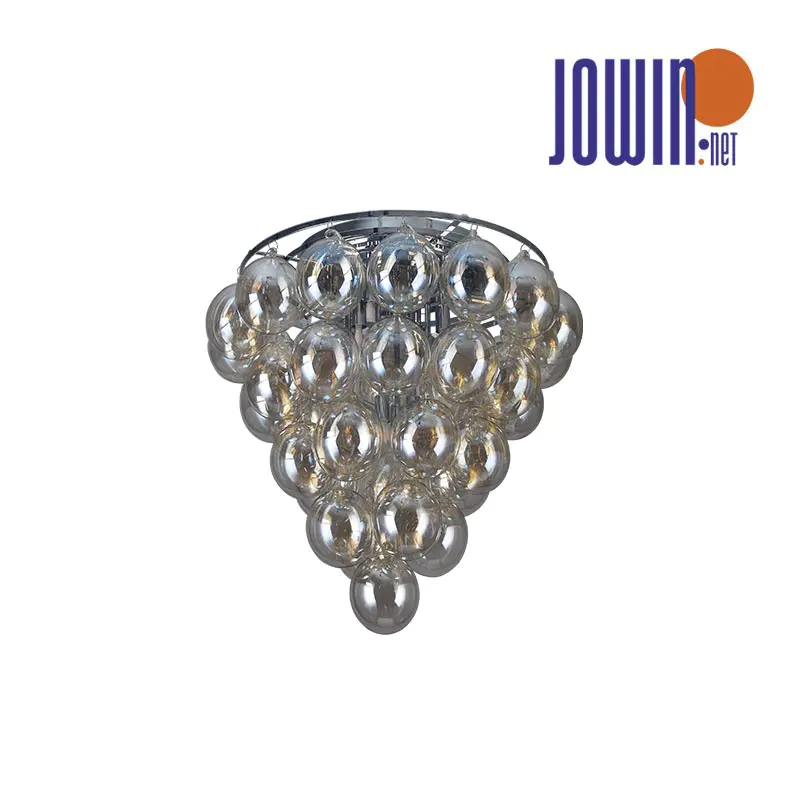
- English
- Español
- Português
- русский
- Français
- 日本語
- Deutsch
- tiếng Việt
- Italiano
- Nederlands
- ภาษาไทย
- Polski
- 한국어
- Svenska
- magyar
- Malay
- বাংলা ভাষার
- Dansk
- Suomi
- हिन्दी
- Pilipino
- Türkçe
- Gaeilge
- العربية
- Indonesia
- Norsk
- تمل
- český
- ελληνικά
- український
- Javanese
- فارسی
- தமிழ்
- తెలుగు
- नेपाली
- Burmese
- български
- ລາວ
- Latine
- Қазақша
- Euskal
- Azərbaycan
- Slovenský jazyk
- Македонски
- Lietuvos
- Eesti Keel
- Română
- Slovenski
- मराठी
- Srpski језик
What Precautions Should be Taken When Installing a Lobby Ceiling Lamp?
2025-07-31
Lobby ceiling lamps are suspended from the ceiling of a space, integrating both lighting and decorative functions. The key to a quality installation lies in the safety of the load-bearing structure and the control of optical distribution.

How can I ensure reliable suspension?
The embedded anchor points must align with the building's main beams. When installing lobby ceiling lamps in non-structural areas, a load-bearing transfer bracket must be installed. Vertical deviation of the suspension cables affects load distribution. Multiple suspension point systems must be tensioned synchronously to eliminate stress differences. Decorative hangers must have a load-bearing core shaft running through them to prevent purely visual components from bearing weight.
Use non-metallic insulated conduit for cable routing. Install grounding wires between metal components to block leakage paths. The length of the junction box must allow for the swing margin of the lobby ceiling lamp to prevent wire breakage caused by long-term stress. Multi-circuit control systems require clearly marked lighting zones on the distribution box.
Lobby ceiling lamps positioning should take into account the reflective properties of the ceiling material. Dark ceiling surfaces require smaller spacing between lamps. Adjustable-angle spotlights are initially set to face vertically downward, and can be fine-tuned based on the site's light spot overlap after activation. The distance between the translucent panel and the light source affects the glare index, and the minimum distance must meet the requirements of heat dissipation airflow circulation.



